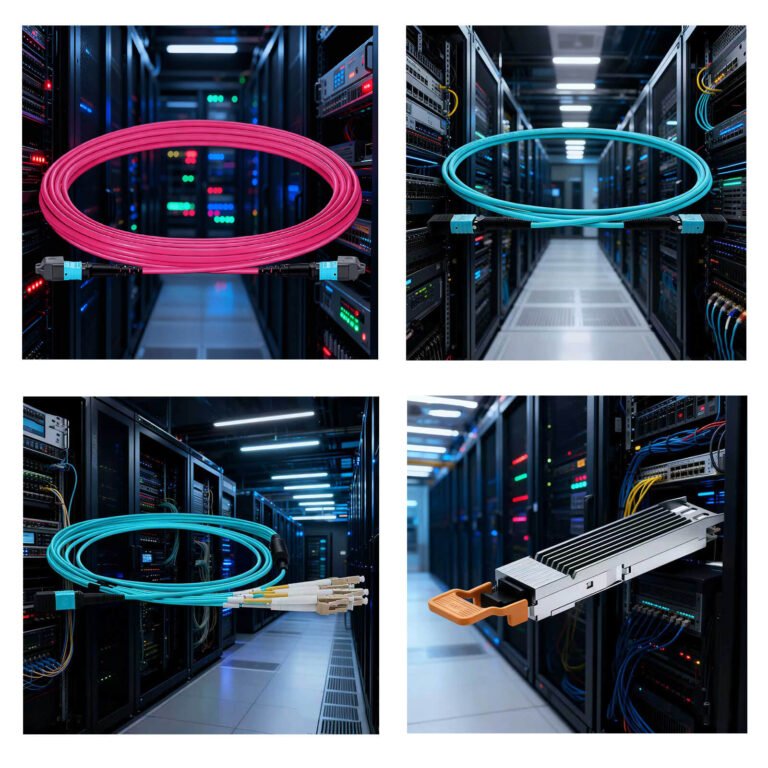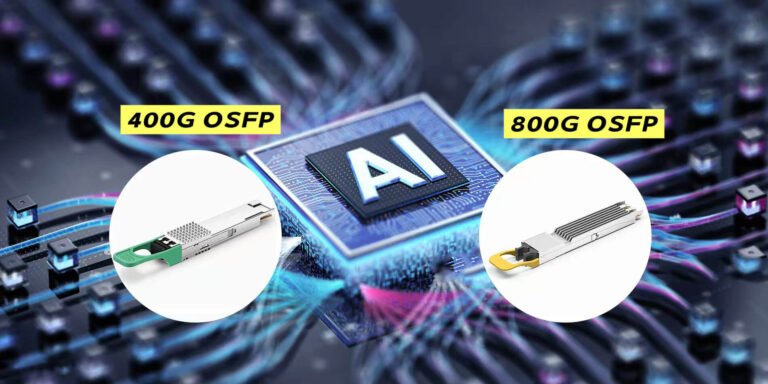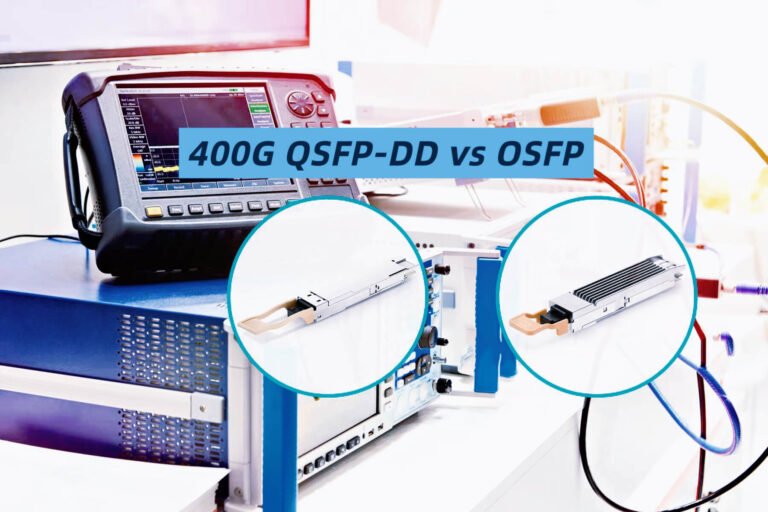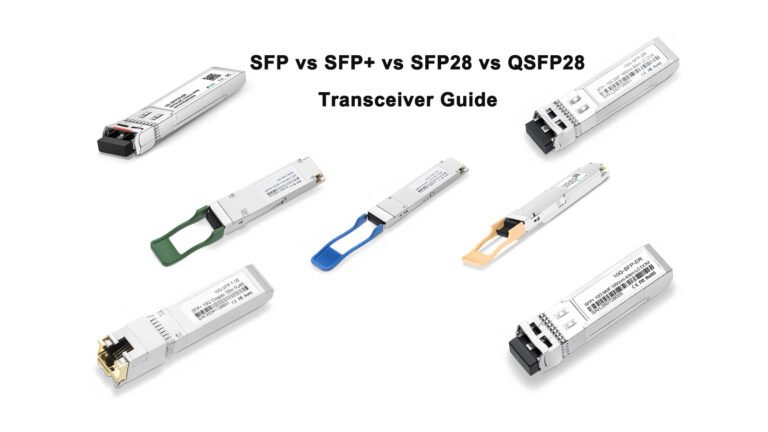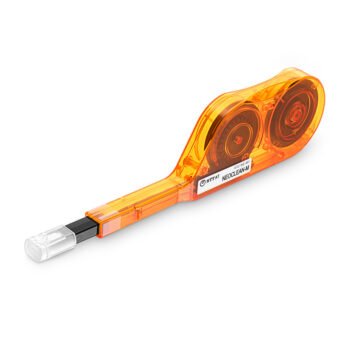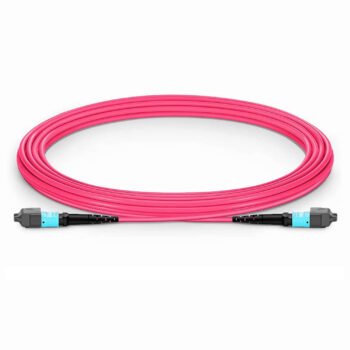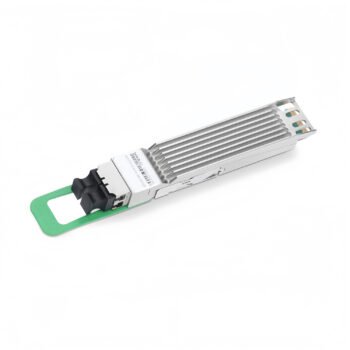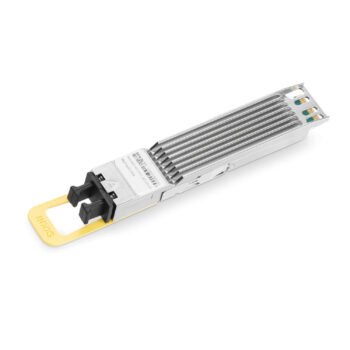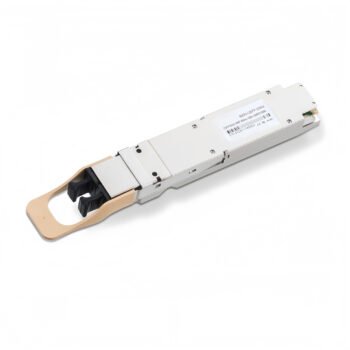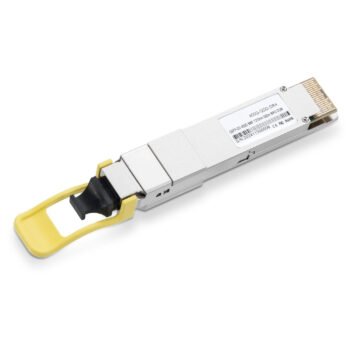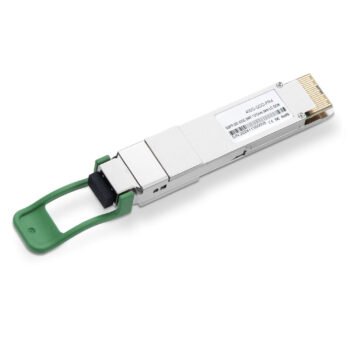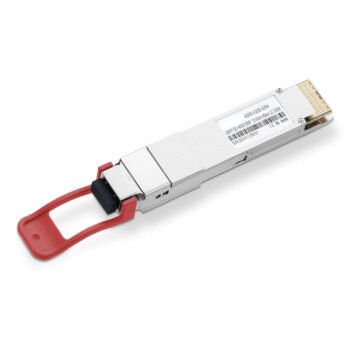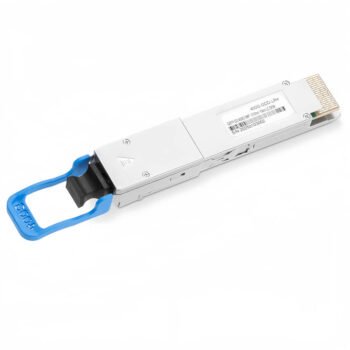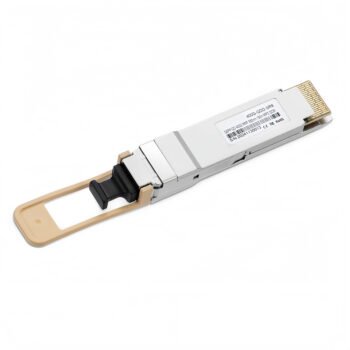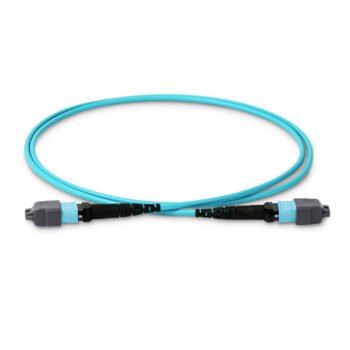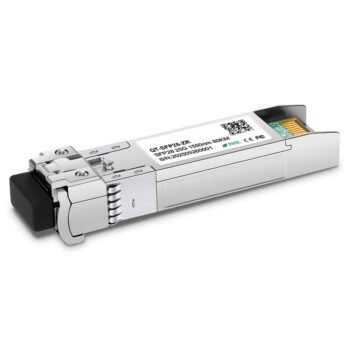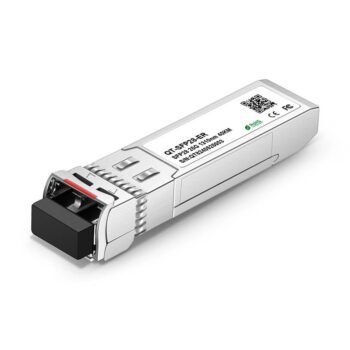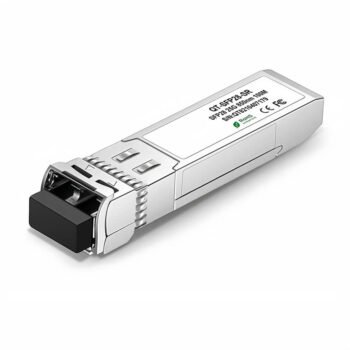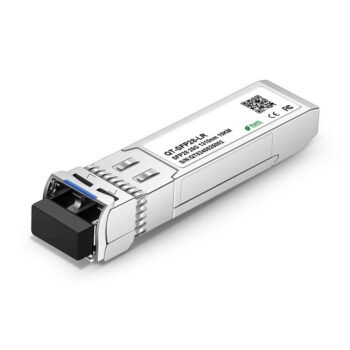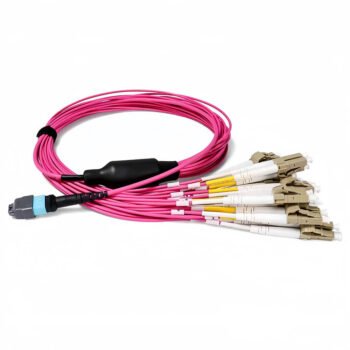Are you struggling to predict your data center’s real network costs? Many managers see the price of a switch or cable and think they have the full picture. But this leads to budget overruns when hidden costs for energy, maintenance, and future upgrades appear. The solution is to adopt a systematic method that calculates the full lifecycle cost of every port.
To find the true cost per port, you must calculate its total cost of ownership (TCO). This includes initial capital expenses (CapEx) like hardware and installation, plus all operational expenses (OpEx) over its lifespan, such as power consumption and maintenance fees. The final cost per port is the TCO divided by the total number of ports.
I remember a client who chose a "cheaper" direct-connect architecture based on hardware price alone. A year later, their expansion was a nightmare. We had to re-cable everything. This experience taught me that the initial invoice is only the first chapter of the cost story.
What Key Factors Make Up a Port Cost Model?
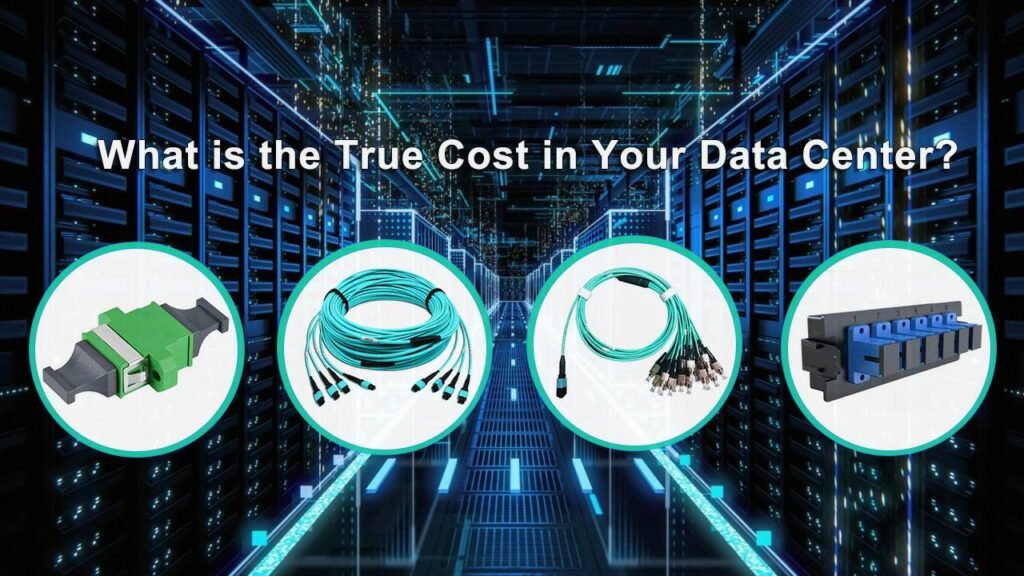
To avoid surprise expenses, you need a comprehensive cost model. This framework goes beyond the hardware bill and looks at every expense associated with a port from day one until it’s decommissioned. It gives you a complete financial view.
A robust port cost model includes four core elements: hardware costs (modules, switches, cables), installation costs (labor and testing), maintenance costs (spares and service contracts), and operational costs (power consumption and software licenses). Together, they form the port’s TCO.
To learn more about the importance of investing in the right structured cabling, check out what is structured cabling and why it’s essential for data networks.
Dive Deeper: The Core Components of Your Cost Model
To build an accurate model, you need to break down the costs into two main categories: CapEx and OpEx.
1. Capital Expenses (CapEx)
This is your upfront investment. It’s more than just the big-ticket items.
- Core Hardware: This is the most obvious part. It includes your transceivers (like QSFP-DD or OSFP modules), network switches, and the fiber optic cables themselves (MPO/MTP or LC patch cords).
- Connecting Infrastructure: Think about the patch panels, racks, and any specialized connectors or splitters needed to build your network fabric. For guidance on optimizing your setup, see high density patch panels and their role in smart cabling.
- Installation Labor: This is the cost of the technicians who physically run and terminate the cables, install the switches, and ensure everything is connected correctly.
- Testing and Certification: You need to budget for testing equipment like OTDRs and the labor required to certify that every link meets performance standards before going live.
2. Operational Expenses (OpEx)
These are the recurring costs that will hit your budget for years to come. They are often underestimated.
- Energy Consumption: Every port draws power. A single light-port might consume around 200mW, but when you multiply that by tens of thousands of ports, the electricity bill becomes a major expense. For a deeper dive into power budgeting, check out PoE power budget: how much power do you need?.
- Maintenance & Support: This includes vendor support contracts, the cost of keeping a spare parts inventory, and labor for troubleshooting and repairs.
- Software & Licensing: Many modern network operating systems (NOS) require annual software subscriptions or licensing fees to unlock features and receive updates.
How Can You Accurately Quantify CapEx and OpEx?
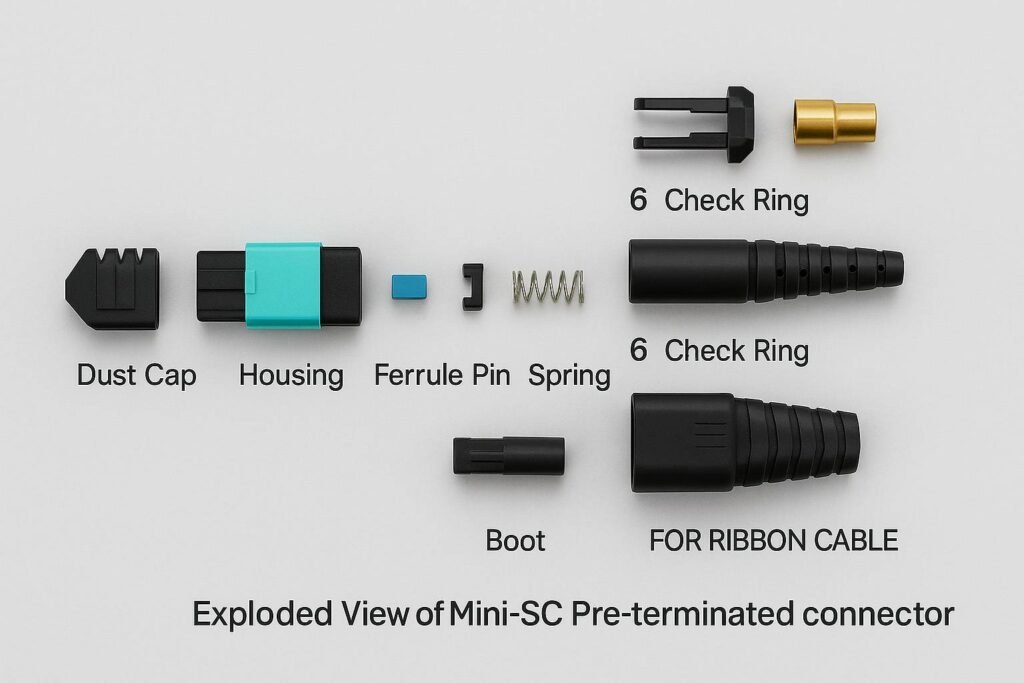
Estimating costs isn’t enough; you need to quantify them with real numbers. This allows you to compare different solutions fairly and make data-driven decisions. It turns abstract risks into concrete financial figures you can plan for.
To quantify expenses, break down CapEx into a per-port cost by dividing the total hardware and installation price by the number of ports and their expected lifespan. For OpEx, calculate annual costs for power, maintenance contracts, and licenses, and then project them over the same lifespan.
Dive Deeper: Putting Numbers to the Costs
Let’s get practical. Here is how you can assign dollar values to these items.
Breaking Down Capital Expenditures (CapEx)
Use a table to organize your initial investment and allocate it across your network’s life.
| Cost Category | Specific Items | How to Calculate It |
|---|---|---|
| Core Equipment | Transceivers, Switches, Fiber Cables | (Total Hardware Cost / Number of Ports) / Lifespan in Years = Annual Cost/Port |
| Installation | Labor, Testing, Certification | Total One-Time Installation Cost / Number of Ports = Installation Cost/Port |
| Expansion Modules | Growth-phase hardware | Allocate costs to the expansion phase when they are incurred. |
Uncovering Hidden Operational Expenses (OpEx)
OpEx is where budgets often break.
- Maintenance Services: You have two main choices. A pre-paid manufacturer contract gives you peace of mind but has a higher upfront cost. A "pay-as-you-go" service from a third party can seem cheaper initially, but one major failure could wipe out the savings. You need to compare the TCO of both.
- Power Consumption: This is simple math but is often ignored.
Energy Cost = (Power per Port in kW) x (Number of Ports) x (24 hours) x (365 days) x (Cost per kWh)
Even a small difference in power efficiency between two types of transceivers can lead to huge savings at scale.
Final thoughts
Calculating the true cost of a data center port requires looking beyond the initial hardware price. By building a complete TCO model that includes CapEx and OpEx, you can make smarter decisions, avoid costly surprises, and build a network that is both powerful and financially sustainable.
If you’re looking to optimize your data center costs, our team at ABPTEL can help you build a custom cost model. Feel free to reach out to me at candy@abptel.com for a tailored consultation.

